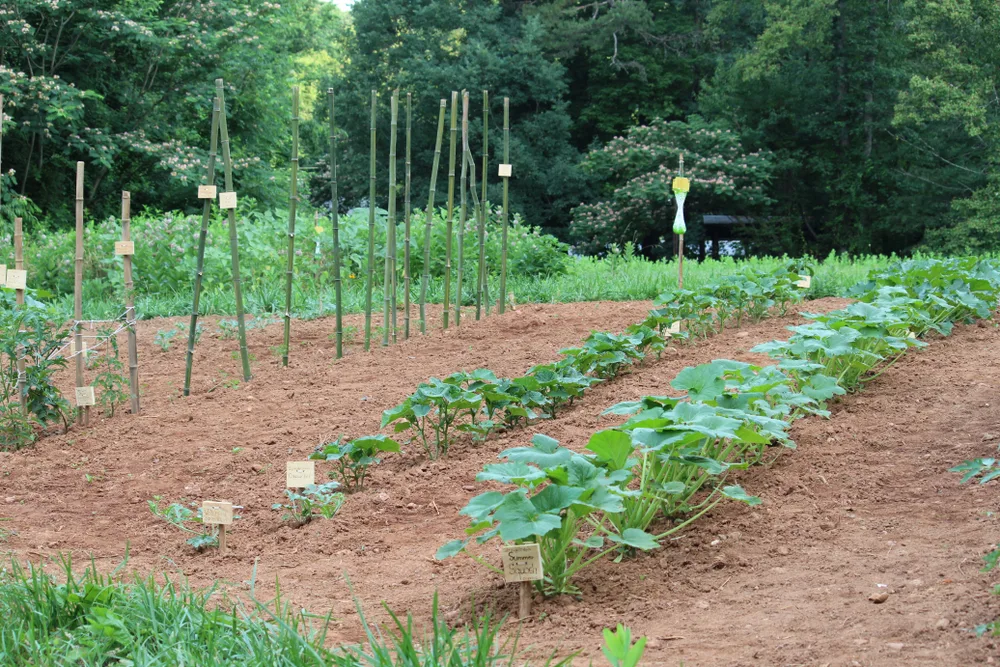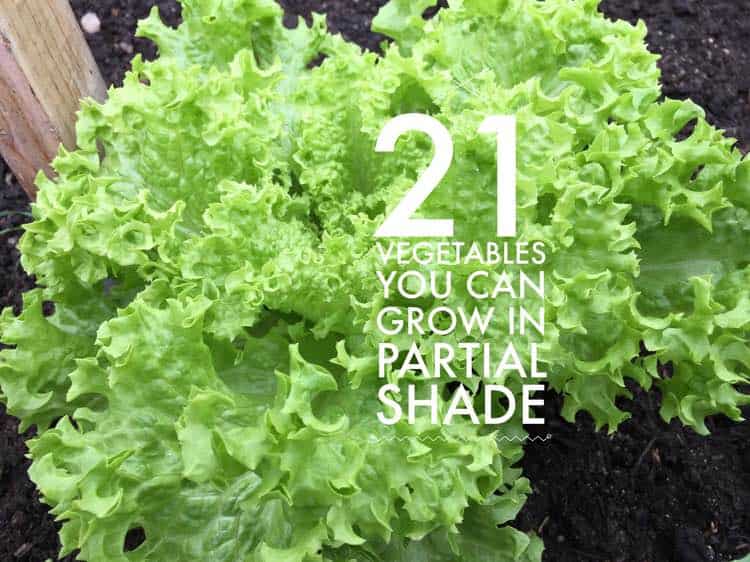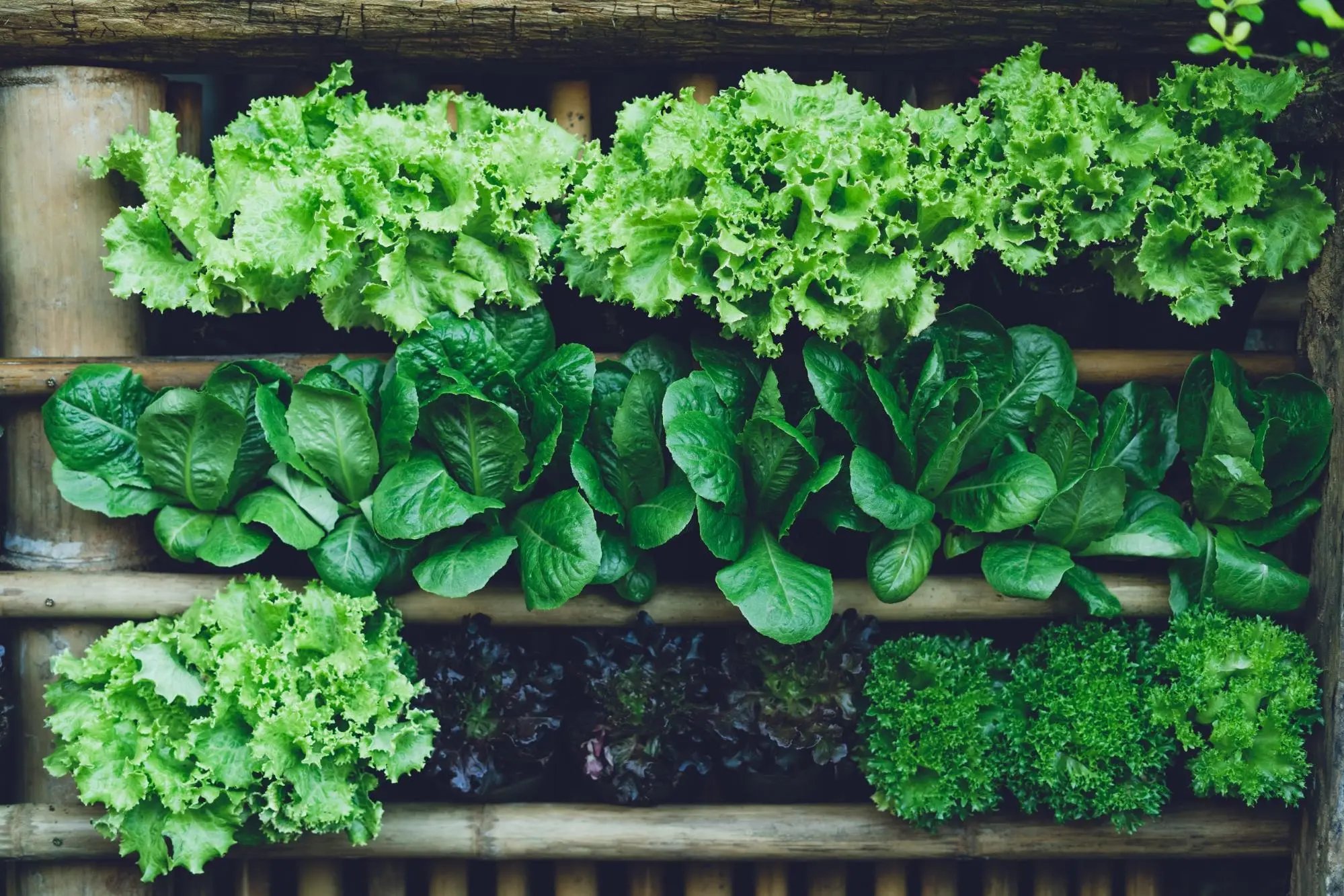Unlocking the Potential of Partial Shade Gardening
Partial shade gardening is a technique that allows gardeners to grow a variety of vegetables in areas that receive less than six hours of direct sunlight per day. This type of gardening is ideal for gardeners who have limited sunlight in their yard or for those who want to create a more diverse and resilient garden ecosystem. By understanding the benefits and challenges of partial shade gardening, gardeners can unlock the potential of their garden and grow a wide range of delicious and nutritious vegetables.
One of the main benefits of partial shade gardening is reduced soil temperature. When soil is exposed to direct sunlight for extended periods, it can become overheated, leading to reduced fertility and increased moisture loss. Partial shade helps to regulate soil temperature, keeping it cooler and more consistent, which can lead to healthier plant growth. Additionally, partial shade can increase moisture retention in the soil, reducing the need for frequent watering and minimizing soil erosion.
Despite these benefits, partial shade gardening can be just as productive as full-sun gardening with the right techniques and plant selection. By choosing vegetables that are tolerant of partial shade, gardeners can create a thriving and diverse garden ecosystem. Some popular vegetables that can grow in partial shade include lettuce, kale, and spinach. These vegetables are perfect for partial shade gardens because they are cool-season crops that prefer the cooler temperatures and increased moisture retention that partial shade provides.
When it comes to growing vegetables in partial shade, it’s essential to understand that different vegetables have different shade tolerance levels. Some vegetables, such as tomatoes and peppers, require at least six hours of direct sunlight per day, while others, such as lettuce and kale, can thrive in as little as two hours of direct sunlight per day. By understanding the specific shade tolerance levels of different vegetables, gardeners can create a partial shade garden that is tailored to their specific needs and climate.
Partial shade gardening is an excellent option for gardeners who want to create a more sustainable and resilient garden ecosystem. By reducing the amount of direct sunlight that enters the garden, partial shade gardening can help to reduce soil temperature, increase moisture retention, and promote healthier plant growth. With the right techniques and plant selection, partial shade gardening can be just as productive as full-sun gardening, making it an ideal option for gardeners who want to grow a wide range of delicious and nutritious vegetables.
How to Choose the Best Vegetables for Partial Shade
When it comes to growing vegetables in partial shade, selecting the right varieties is crucial for success. The key to choosing the best vegetables for partial shade is to consider the amount of shade, soil quality, and plant hardiness. By understanding these factors, gardeners can select vegetables that will thrive in partial shade conditions.
One of the most important factors to consider is the amount of shade. Different vegetables have different shade tolerance levels, and some can thrive in as little as 2-4 hours of direct sunlight per day. For example, lettuce, kale, and spinach are all excellent choices for partial shade gardens because they prefer the cooler temperatures and increased moisture retention that partial shade provides.
Soil quality is also a critical factor to consider when selecting vegetables for partial shade. Vegetables that prefer well-draining soil, such as carrots and beets, may not perform well in partial shade gardens with heavy clay soil. On the other hand, vegetables that prefer moist soil, such as cucumbers and squash, may thrive in partial shade gardens with rich, organic soil.
Plant hardiness is another important factor to consider when selecting vegetables for partial shade. Some vegetables, such as tomatoes and peppers, are sensitive to frost and may not perform well in partial shade gardens with cool temperatures. On the other hand, vegetables that are tolerant of cooler temperatures, such as broccoli and cauliflower, may thrive in partial shade gardens with moderate temperatures.
Some popular vegetables that can grow in partial shade include:
- Lettuce and other leafy greens
- Kale and spinach
- Broccoli and cauliflower
- Carrots and beets
- Cucumbers and squash
These vegetables are all excellent choices for partial shade gardens because they are tolerant of cooler temperatures and increased moisture retention. By selecting the right varieties and considering the amount of shade, soil quality, and plant hardiness, gardeners can create a thriving and productive partial shade garden.
Understanding the Different Types of Partial Shade
Partial shade is a term that refers to a range of light conditions, from dappled shade to full shade with occasional sunbreaks. Understanding the different types of partial shade is essential for gardeners who want to grow vegetables in these conditions. By determining the type of partial shade in your garden, you can select the right vegetables and adjust your gardening techniques accordingly.
Dappled shade is a type of partial shade that is characterized by filtered sunlight. This type of shade is often found under trees or other structures that block direct sunlight. Vegetables that prefer dappled shade include lettuce, kale, and spinach. These vegetables thrive in the cooler temperatures and increased moisture retention that dappled shade provides.
Morning sun with afternoon shade is another type of partial shade that is common in many gardens. This type of shade is characterized by direct sunlight in the morning and shade in the afternoon. Vegetables that prefer this type of shade include tomatoes, peppers, and cucumbers. These vegetables require at least 4-6 hours of direct sunlight per day, but can tolerate some shade in the afternoon.
Full shade with occasional sunbreaks is a type of partial shade that is characterized by limited direct sunlight. This type of shade is often found in gardens that are surrounded by buildings or other structures that block direct sunlight. Vegetables that prefer full shade with occasional sunbreaks include Chinese broccoli, mustard greens, and arugula. These vegetables can thrive in as little as 2-4 hours of direct sunlight per day.
To determine the type of partial shade in your garden, observe the amount of sunlight that enters your garden throughout the day. Take note of the time of day when the sun is strongest and the amount of shade that is present during the afternoon. By understanding the type of partial shade in your garden, you can select the right vegetables and adjust your gardening techniques accordingly.
When selecting vegetables for partial shade, consider the amount of shade that is present in your garden. Choose vegetables that are tolerant of the type of shade that is present in your garden. For example, if your garden receives dappled shade, choose vegetables that prefer this type of shade, such as lettuce and kale. If your garden receives morning sun with afternoon shade, choose vegetables that prefer this type of shade, such as tomatoes and peppers.
Preparing Your Soil for Partial Shade Gardening
Soil quality is a crucial factor in partial shade gardening. Vegetables grown in partial shade require a well-draining, fertile soil that is rich in organic matter. To prepare your soil for partial shade gardening, follow these tips:
Adding organic matter is essential for improving soil structure and fertility. Compost, well-rotted manure, and peat moss are all excellent additions to partial shade gardens. These materials help to improve soil drainage, aeration, and water-holding capacity, making it easier for vegetables to grow.
Adjusting pH levels is also important for partial shade gardening. Most vegetables prefer a slightly acidic to neutral soil pH, ranging from 6.0 to 7.0. If your soil is too acidic or too alkaline, it can affect the availability of nutrients for your vegetables. Use a soil test kit to determine your soil pH and adjust it accordingly.
Improving drainage is another key factor in partial shade gardening. Vegetables grown in partial shade are more susceptible to waterlogged soil, which can lead to root rot and other problems. To improve drainage, add organic matter such as compost or well-rotted manure, and consider installing a drainage system such as a French drain.
In addition to these tips, consider the following soil preparation techniques for partial shade gardening:
- Use a mix of compost and well-rotted manure to create a fertile and well-draining soil.
- Add a layer of mulch to retain moisture and suppress weeds.
- Use a soil conditioner to improve soil structure and fertility.
- Consider using raised beds or containers to improve drainage and soil quality.
By following these tips and techniques, you can create a well-prepared soil that is ideal for growing a variety of vegetables in partial shade. Remember to choose vegetables that are tolerant of the amount of shade in your garden, and adjust your soil preparation techniques accordingly.
Vegetables That Can Tolerate Deep Shade
While many vegetables require full sun to produce well, there are several varieties that can tolerate deep shade. These vegetables can thrive in as little as 2-4 hours of direct sunlight per day, making them ideal for gardens with limited sunlight. Here are some examples of vegetables that can tolerate deep shade:
Chinese broccoli is a cool-season crop that can tolerate deep shade. It prefers well-draining soil and consistent moisture, making it an excellent choice for partial shade gardens. Chinese broccoli can be harvested in as little as 50 days and can be grown in containers or directly in the ground.
Mustard greens are another vegetable that can tolerate deep shade. They prefer well-draining soil and full sun to partial shade, making them an excellent choice for gardens with limited sunlight. Mustard greens can be harvested in as little as 20 days and can be grown in containers or directly in the ground.
Arugula is a peppery green that can tolerate deep shade. It prefers well-draining soil and consistent moisture, making it an excellent choice for partial shade gardens. Arugula can be harvested in as little as 20 days and can be grown in containers or directly in the ground.
Other vegetables that can tolerate deep shade include:
- Kale: A cool-season crop that can tolerate deep shade and prefers well-draining soil.
- Spinach: A cool-season crop that can tolerate deep shade and prefers well-draining soil.
- Radishes: A root crop that can tolerate deep shade and prefers well-draining soil.
When growing vegetables in deep shade, it’s essential to choose varieties that are specifically bred for shade tolerance. These varieties will have adapted to the low light conditions and will produce well even in deep shade. Additionally, make sure to provide your vegetables with well-draining soil and consistent moisture to ensure optimal growth.
Vegetables That Prefer Bright, Indirect Light
While some vegetables can tolerate deep shade, others prefer bright, indirect light. These vegetables can thrive in partial shade gardens that receive 4-6 hours of direct sunlight per day. Here are some examples of vegetables that prefer bright, indirect light:
Tomatoes are one of the most popular garden vegetables, and they can thrive in partial shade gardens that receive bright, indirect light. While they require at least 4 hours of direct sunlight per day, they can tolerate some shade, especially in warmer climates.
Peppers are another vegetable that prefer bright, indirect light. They require at least 4 hours of direct sunlight per day, but can tolerate some shade, especially in warmer climates. Peppers come in a variety of colors and can be grown in containers or directly in the ground.
Cucumbers are a warm-season crop that prefer bright, indirect light. They require at least 4 hours of direct sunlight per day, but can tolerate some shade, especially in warmer climates. Cucumbers can be grown on a trellis or in a container.
Other vegetables that prefer bright, indirect light include:
- Squash: A warm-season crop that requires at least 4 hours of direct sunlight per day.
- Carrots: A cool-season crop that prefers bright, indirect light and well-draining soil.
- Radishes: A cool-season crop that prefers bright, indirect light and well-draining soil.
When growing vegetables that prefer bright, indirect light, it’s essential to choose a location that receives the right amount of sunlight. Make sure to also provide your vegetables with well-draining soil and consistent moisture to ensure optimal growth.
Maximizing Space in Partial Shade Gardens
Partial shade gardens can be just as productive as full-sun gardens, but they often require more careful planning to maximize space. Here are some tips for maximizing space in partial shade gardens:
Vertical gardening is a great way to make the most of space in partial shade gardens. By using trellises, arbors, or wall-mounted planters, you can grow vining plants like peas, beans, and cucumbers upwards, making the most of your space.
Companion planting is another technique for maximizing space in partial shade gardens. By planting multiple vegetables together, you can make the most of your space and create a more diverse and resilient garden ecosystem. For example, planting marigolds with tomatoes can help to deter nematodes and other pests.
Succession planting is a technique for maximizing space in partial shade gardens by planting small batches of seeds every few weeks. This allows you to make the most of your space and ensures a continuous harvest throughout the growing season.
Other tips for maximizing space in partial shade gardens include:
- Using raised beds or containers to make the most of your space.
- Planting compact or dwarf varieties of vegetables that require less space.
- Using a square foot gardening layout to make the most of your space.
By using these techniques, you can maximize space in your partial shade garden and create a productive and thriving garden ecosystem.
Common Challenges and Solutions in Partial Shade Gardening
Partial shade gardening can be a rewarding and productive way to grow vegetables, but it also comes with its own set of challenges. Here are some common challenges faced by partial shade gardeners and some solutions to help overcome them:
Pests: Partial shade gardens can be more susceptible to pests, such as slugs and snails, which thrive in moist environments. To control pests, use organic pest control methods such as copper tape, crushed eggshells, or beer traps.
Diseases: Partial shade gardens can also be more prone to diseases, such as powdery mildew and leaf spot, which thrive in humid environments. To prevent diseases, use crop rotation, remove infected plants, and improve air circulation.
Nutrient deficiencies: Partial shade gardens can be more susceptible to nutrient deficiencies, particularly nitrogen and iron deficiencies. To address nutrient deficiencies, use organic fertilizers such as compost or manure tea, and consider using a soil test kit to determine your soil’s nutrient levels.
Other common challenges in partial shade gardening include:
- Low light levels: Partial shade gardens can receive low light levels, which can affect plant growth. To address this, use grow lights or reflective materials to increase light levels.
- Soil compaction: Partial shade gardens can be more susceptible to soil compaction, which can affect plant growth. To address this, use mulch or cover crops to improve soil structure.
- Weeds: Partial shade gardens can be more prone to weeds, which can compete with plants for water and nutrients. To control weeds, use mulch or hand-weeding.
By understanding these common challenges and using the solutions provided, partial shade gardeners can overcome these challenges and achieve success in their gardens.







:max_bytes(150000):strip_icc()/grow-vegetables-without-full-sun-4150681-16-b84a7f3257844cc9aa8a203d456c398c.jpg)

